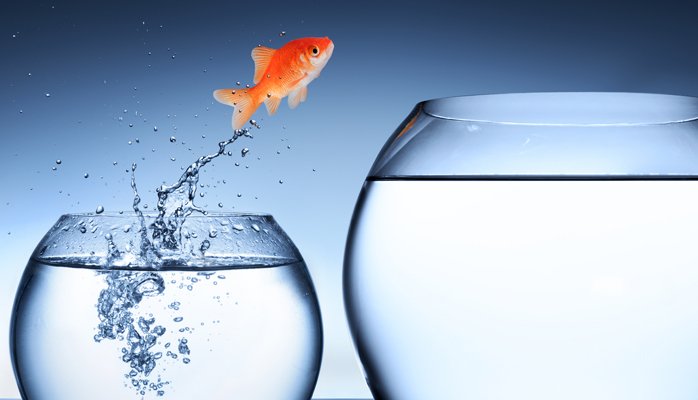

The scariest part of every creative endeavour is the moment you share your work with the world. It’s when you hold your breath, shut your eyes, and just pray your baby is well-received. (Friendly tip: Vodka helps. Lots of vodka.) This ‘moment’ doesn’t need to be a big Broadway debut. It could mean pressing publish on your latest blog post, reading your Game of Thrones-inspired poems to your partner, or uploading your best Celine Dion cover track to iTunes. Whatever your creative pursuit, it’s when you put your passion, hard work and anxiety out there, on show. To be judged.
Right now, I’m riddled with creative fear. You see, after 12 months of blood, sweat and hysteria, I’m approaching the end of the editing cycle for my first self-published book, Capture My Attention. Set for release in September, I can finally see the finish line and am so excited. Yet, also, terrified. Will people like my book? Will they learn from it? Or will they use it as a coffee and cake coaster?
Now, I’m no stranger to fear. Aside from being an arachnophobe (spiders), a melissophobe (bees) and a noncaffeinophobe (I made that last one up but it’s still horrifying), I’ve faced fear through every stage of my career; as a journalist, photographer, music editor, speaker, and especially a stand up comic. I would actually argue fear is an important part of my process – it’s a necessary evil. Nerves, excitement and anticipation fuel me with the energy and adrenaline needed to do the best job I possibly can.
Yet the level of creative fear I’m facing in this debut book journey feels more intense than anything before. You see, the beauty of live performances is their fluidity. Through subtleties like the timing of a punchline, the inflection of your voice, or by completely forgetting your next joke so you start rambling about the guy’s massive moustache in the front row, you can reshape and redirect the meaning, context and intention of your material in a split second. The ‘live’ aspect means you can change the direction of your work – in a heartbeat – to get the best outcome. And the loudest applause.
But when I have a 56,000 word manuscript that’s close to being typeset, that means no changes, no edits, no updates. It will be in print soon. Permanently, forever, for eternity. As I fast approach my moment of truth, I find the rigidity of this new creative format frightening.
The wonderful irony here is that I have a whole chapter in my book dedicated to fighting creative fear. After four years as a stand up comic, I understand the terror, and rewards, involved in taking creative (and career) risks and I have plenty of lessons to share from endless hours of internal dialogue through nerve-racking moments; my debut five-minute stand up set, my first hour-long comedy festival show, rocking up at Facebook’s headquarters in San Francisco dressed as a giant Facebook Like, and my first and only Tinder date (sans the Facebook Like costume, obviously).
In my book I interviewed Dr Steve Ellen, the Head of Emergency Psychiatry at Melbourne’s Alfred Hospital and Associate Professor of Psychiatry at Melbourne’s Monash University, to understand creative fear in more depth. Dr Ellen explained that fear is an indication of just how important our goals are. “The reason fear of failure is so inherent in humans is that it’s the flipside of wanting to be successful. The flipside of wanting something is the worry that we will fail to achieve it. I don’t think we can have our dreams and aspirations without also having that fear.”
So as I move from editing to typesetting and soon, onto printing, I know I need to embrace my fear. So I’m going to draw on, and share with you, one of the most important lessons I discovered through my stand up comedy career: That if you include your phone number in your stage set, you’ll get more dates. While that’s spot on, here’s the truth: When you take a creative risk, people don’t judge you in the way that you imagine. Rather, they respect and support you for having the courage to follow your dreams. And really, what’s the worst that will happen? People disagree with my description of brand storytelling? They don’t want to do my exercise to uncover their brand voice? They claim I have too many Grumpy Cat references (that one’s probably true).
So, with that said, I’m jumping into the abyss. Whatever your creative passion is, I encourage you to jump in too. That way, at least I’ll be in good company. (So will you bring the vodka or should I?)

